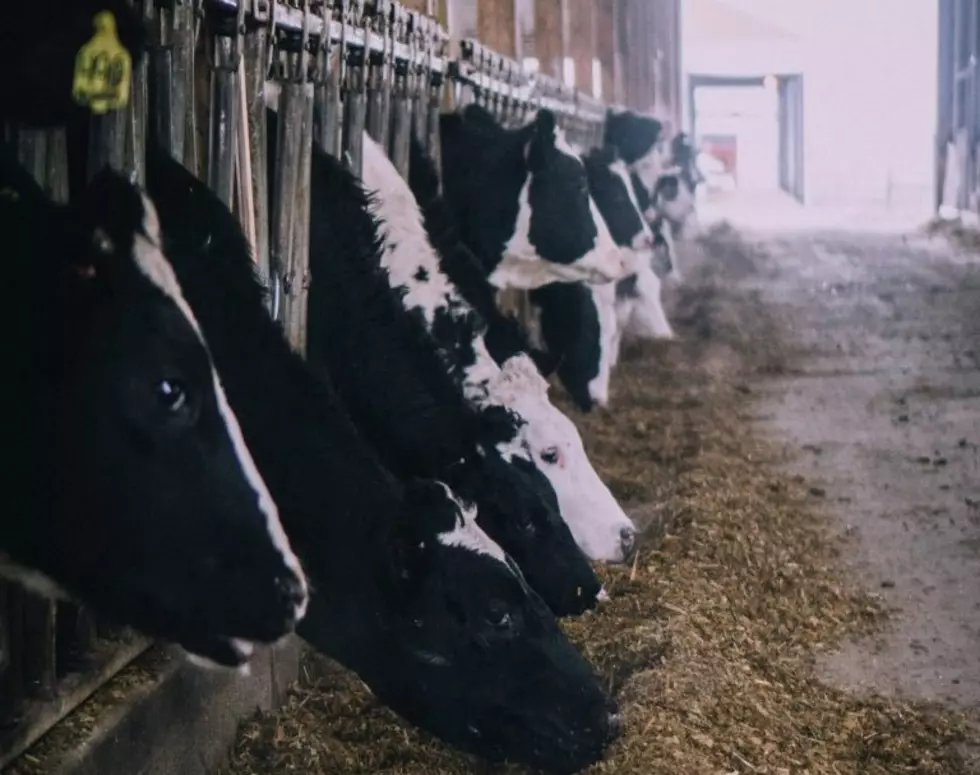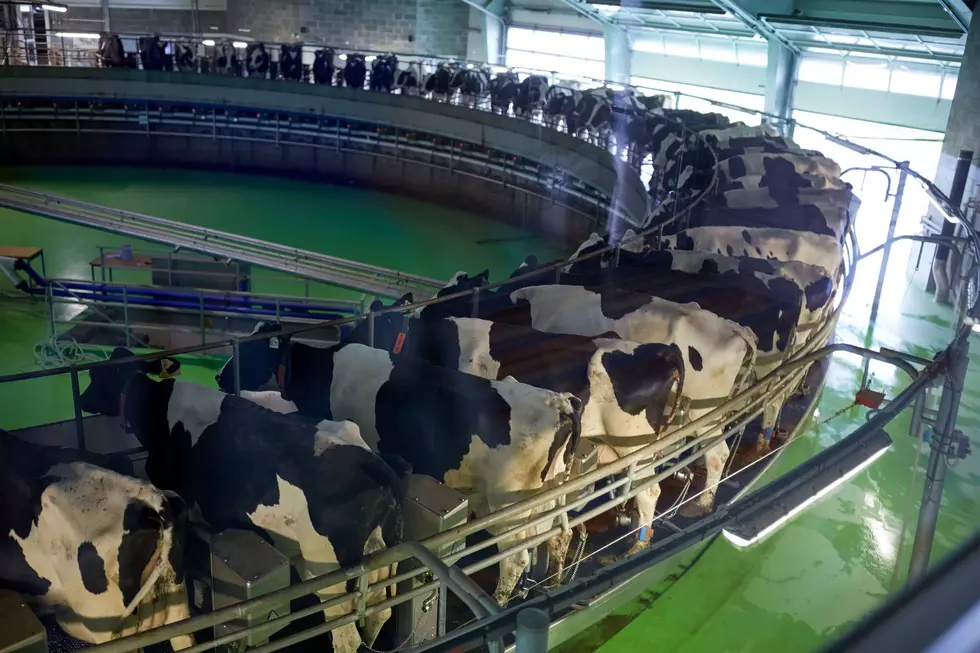
Dairy Producers Reminded To Use Antibiotics With Thought, Care
To ensure a high-quality and nutritious product, antibiotics are used with thought and care on dairies, that according to Jen Roberts, a professional services veterinarian with Boehringer Ingelheim. She said there are several ways producers can put cattle first and use antibiotics judiciously on the dairy.
“Judicious use of antibiotics means that we're going to try to focus on prevention and management strategies that actually reduce the need for antibiotics. But when we do need to use antibiotics, we are using what we know about the most common pathogens that cause those disease conditions and choosing the right drug for the right bug as we say. And then, finally, one of the major tenants of judicious use of antibiotics is following the product labels.”
Roberts said there are several benefits resulting from reducing antibiotic use on dairy operations.
“It results in an all-around win for the dairy industry. It benefits the farm because it's going to reduce labor and disease treatment costs. It also reduces milk discard that's associated with treatment with antibiotics. It's going to help the consumer by increasing consumer confidence in dairy products, because we as an industry are taking steps to try to reduce the use of antibiotics. And it allows us to, as we say, at BI, we talk a lot about putting cattle first.”
Mastitis is often the number one disease that dairy herds face. Roberts says there are several management practices dairy farmers can utilize to prevent mastitis.
“One of the primary things is making sure that that cow is in a clean, dry environment. We also want to focus on the milking procedure, making sure that we have good functioning equipment, the teats are cleaned and dry prior to milking, the individuals that are doing the milking are wearing gloves and disinfecting their hands between cows. After milking is done, it's also important to make sure that a germicidal teat dip is applied to those cows. It's also important to look at the dry cow therapy program, and then incorporating a vaccine protocol that includes a vaccination against coliform mastitis.”
Even with the best management practices in place, mastitis infections can still occur. For treatment of mastitis, Roberts offers these tips.
“In the case of severe mastitis, those cows do need to be treated immediately with supportive care or other treatments as indicated by the herd veterinarian. But for the mild and moderate cases, culturing can help identify the cases that don't need antibiotics. A typical distribution of those results is that about a third of them will be no growth, meaning that the cows already cleared that infection. The other two thirds fall into gram positive and gram negative. Most cows are going to clear infections with gram negative bacteria on their own, and gram-positive infections are those that are going to respond the best to antibiotic therapy and result in improved outcomes if we do treat those cows with antibiotics.”
She added its important to have a discussion with your veterinarian to develop plans to reduce antibiotics use.
“A veterinarian can help by developing protocols for prevention and treatment of common diseases, including mastitis, they can help the farm with implementing an effective dry cow management program. If the farm is choosing to try on-farm culturing as a way to reduce their antibiotic use, the veterinarian can help set up an on-farm culture system and help with interpreting those culture results. And then finally, the veterinarian can answer any specific questions related to judicious antibiotic use for your dairy herd as well.”
Roberts added if you have any questions or concerns, contact your herd veterinarian to learn more.
If you have a story idea for the PNW Ag Network, call (509) 547-1618, or e-mail glenn.vaagen@townsquaremedia.com
More From PNW Ag Network









